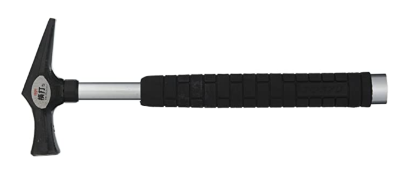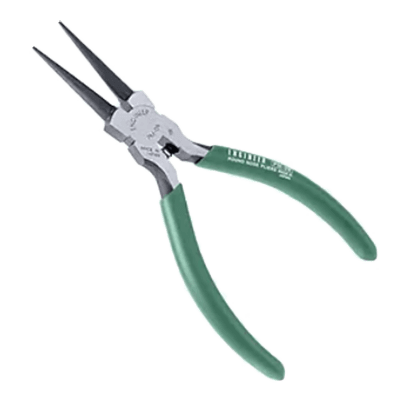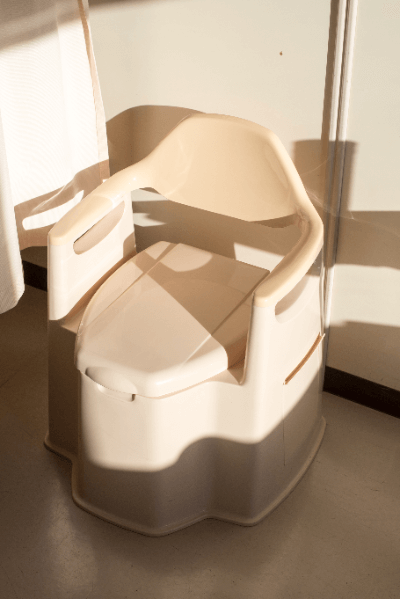What Is a Microwave Heating System?
A microwave heating system is a device that heats a dielectric material using electromagnetic waves with a wavelength of about a micrometer.
In other heating methods (using radiation from hot air or electric heating), heat is gradually conducted from the surface of the object and heated, which can take large amounts of time.
Microwave heating, however, reacts directly with the molecules inside the material, thus raising the internal temperature in a shorter time. Since microwaves can be irradiated almost uniformly to the target, even the inside and outside of the material can be heated uniformly. Since the heating efficiency varies depending on the dielectric loss of the target, the material can also be selectively heated according to the loss factor.
Uses of Microwave Heating Systems
Although microwave heating systems are best known for their use in microwave ovens, they are also used industrially for food-related applications.
Specifically, these applications include cooking, sterilization, and drying of food products. For example, when microwave heating systems are used in the process of heating chicken, the heating time can be cut in half compared to conventional methods, and even partial darkening of the bones can be prevented.
Microwave heating is also used for drying wood, printed matter, textiles, and paper, and in the medical field for treating cancer through thermotherapy.
Principles of Microwave Heating Systems
Electromagnetic waves such as microwaves act on materials by periodically changing the intensity of their electric field.
Unlike conductors such as metals, molecules of insulators (dielectrics) such as water, have their polarity and react with the electric field generated by electromagnetic waves.
As the frequency of electromagnetic waves increases, the molecules that make up the dielectric rotate and vibrate violently and collide with each other, but higher frequencies are not necessarily easier to heat. If the frequency is too high, the molecules inside the dielectric cannot respond.
In the case of water, it reacts well with electromagnetic waves in the microwave region (infrared rays). The energy generated by the reaction (internal energy) is converted into heat, which heats the dielectric. Microwave heating systems are equipped with electron tubes called magnetrons to generate microwaves. The microwaves emitted from this tube are guided into the heating oven, where they heat the object.






